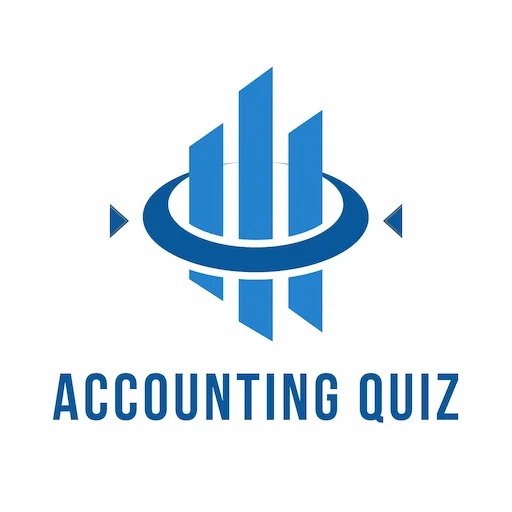Infrastructure Investments
Infrastructure investments ⇒ include transportation assets, such as roads, airports, ports, and railways, as well as utility assets, such as gas distribution facilities, electric generation and distribution facilities, and waste disposal and treatment facilities. Other categories of infrastructure investments are communications (e.g., broadcast assets and cable systems) and social (e.g., prisons, schools, and healthcare facilities).
Investments in infrastructure assets that are already constructed are referred to as brownfield investments, and investments in infrastructure assets that are to be constructed are referred to as greenfield investments. In general, investing in brownfield investments provides stable cash flows and relatively high yields but offers little potential for growth. Investing in greenfield investments is subject to more uncertainty and may provide relatively lower yields but offers greater growth potential.
In addition to categorizing infrastructure investments by type or by whether or not construction of the assets is complete, they may be categorized by their geographic location.
Investment in infrastructure can be made by constructing the assets and either selling or leasing them to the government or by directly operating the assets. Alternatively, investment in infrastructure can be made by purchasing existing assets from the government to lease back to the government or operate directly. Infrastructure investments can also be made by a public–private partnership.
Infrastructure assets typically have a long life and are quite large in cost and scale, so direct investment in them has low liquidity. However, more-liquid investments backed by infrastructure assets are available through exchange-traded funds (ETFs), mutual funds, private equity funds, or master limited partnerships (MLPs). Publicly traded vehicles for investing in infrastructure are a small part of the overall universe of infrastructure investments and are relatively concentrated in a few categories of assets.
Investing in infrastructure assets can provide diversification benefits, but investors should be aware that they are often subject to regulatory risk, risk from financial leverage, and the possibility that cash flows will be less than expected. Investors who construct infrastructure assets have construction risk. When the assets are owned and operated by a private owner, operational risk must also be considered.
